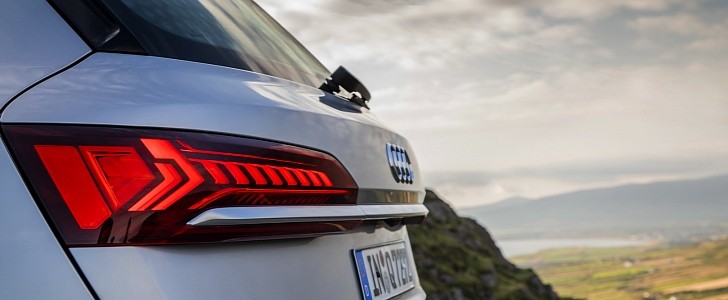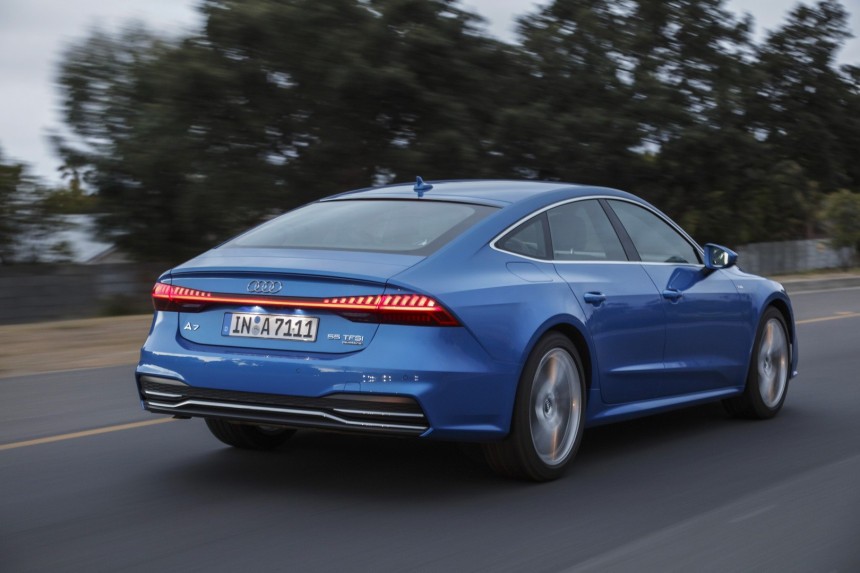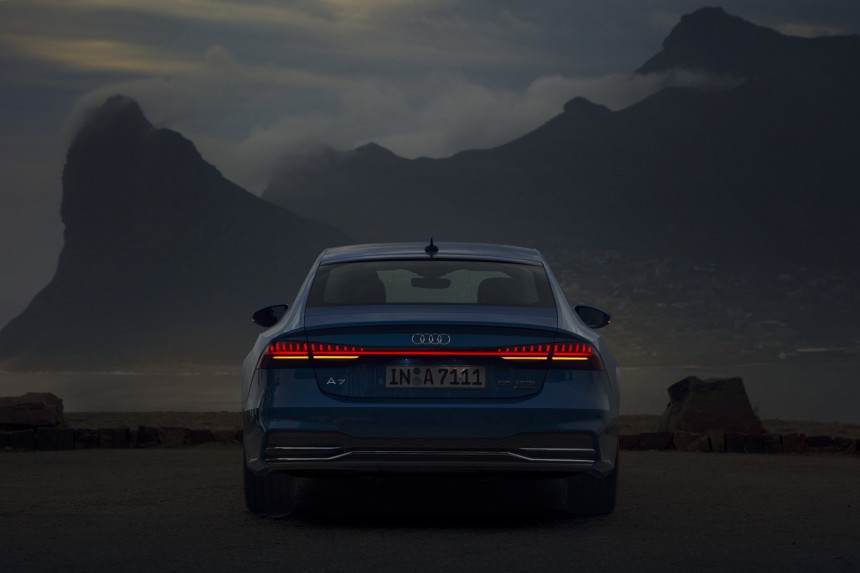How come I must sift through ten-year-old blog posts and forum threads in order to find people complaining about LED taillights being annoyingly bright? Surely there must be a more recent thread, seeing how this technology has become increasingly popular over the years, whereas before, such lighting units were just something you’d find on expensive German sedans.
First, let’s be clear that we’re here to talk about position lights, not brake lights, or stop lamps, as they’re known in the Vienna Convention on Road Traffic. Those are very bright by design, especially in North America where they tend to have a higher intensity than what is deemed appropriate.
Position lights, meanwhile, are tasked with producing dimmer red light whenever the headlights are on, which nowadays is pretty much all the time in new models that also come with Daytime Running Light at the front.
Some cars even have the brake lights integrated within the position lights in so-called combined-function installations, which is something most of you are surely aware of.
Alas, we’re here to discuss something a lot more specific, and German carmakers seem to be at the very center of this issue, at least from my experience. I haven’t measured their intensity (the brightness of a stoplight is measured in a unit called Candela, by the way), but if I had to ballpark it, I’d say that few other carmakers will make your eyes hurt at night as badly as those that belong to the Volkswagen Group – mainly Audi and the VW brand itself.
I’m sure they have run all the necessary tests on those LED bulbs and they’re all within legal parameters. I’m not trying to accuse them of anything remotely illegal here. Besides, they’ve got their legal plate full already, so to speak.
The problem is this. Laboratory tests rarely yield rear-world results and in the real world, when the sun goes down and people are still stuck in traffic after a hard day’s work, having to drive behind various Audi or VW models can be a real drag. Sure, there are things you can do, such as change lanes, which means that moments like those don’t get to be very bothersome unless you really have no choice but to spend several minutes behind somebody’s exceedingly bright rear light cluster.
Unfortunately, that also tends to happen from time to time (with some people more than others), as the driver ahead is already riding the brakes, since we’re talking about bumper-to-bumper traffic - and when they finally let off, the high-intensity LED position lights do very little to soothe your tired eyes.
Another scenario where this tends to happen a lot is at a drive-through, especially if it’s crowded. You have no choice but to wait until the driver in front is done with his or her order and takes off.
Also, it obviously doesn’t help if you are perfectly eye-level with those LED bulbs. This is where horizontal taillights tend to burn through your retina a bit more than vertical ones, especially if the latter are positioned at the far edge of the trunk lid, like say on a Cadillac Escalade. In other words, you’d probably prefer getting stuck behind an Escalade as opposed to, say, an Audi Q8, which also has a horizontal light strip – as does the Audi A7.
All is not lost though, because I just came up with the perfect solution. If you can make adaptive headlights that automatically dim in order not to bother oncoming traffic, why can’t you make adaptive taillights? The principle is the same. All they’d have to do is feature a sensor that detects slow-moving traffic behind, and if the trailing vehicle is too close, then the bulbs automatically dim, both for the position lights as well as the brake lights.
Quick, somebody contact the patent office, or at least get me on Shark Tank.
Position lights, meanwhile, are tasked with producing dimmer red light whenever the headlights are on, which nowadays is pretty much all the time in new models that also come with Daytime Running Light at the front.
Some cars even have the brake lights integrated within the position lights in so-called combined-function installations, which is something most of you are surely aware of.
Alas, we’re here to discuss something a lot more specific, and German carmakers seem to be at the very center of this issue, at least from my experience. I haven’t measured their intensity (the brightness of a stoplight is measured in a unit called Candela, by the way), but if I had to ballpark it, I’d say that few other carmakers will make your eyes hurt at night as badly as those that belong to the Volkswagen Group – mainly Audi and the VW brand itself.
The problem is this. Laboratory tests rarely yield rear-world results and in the real world, when the sun goes down and people are still stuck in traffic after a hard day’s work, having to drive behind various Audi or VW models can be a real drag. Sure, there are things you can do, such as change lanes, which means that moments like those don’t get to be very bothersome unless you really have no choice but to spend several minutes behind somebody’s exceedingly bright rear light cluster.
Unfortunately, that also tends to happen from time to time (with some people more than others), as the driver ahead is already riding the brakes, since we’re talking about bumper-to-bumper traffic - and when they finally let off, the high-intensity LED position lights do very little to soothe your tired eyes.
Another scenario where this tends to happen a lot is at a drive-through, especially if it’s crowded. You have no choice but to wait until the driver in front is done with his or her order and takes off.
All is not lost though, because I just came up with the perfect solution. If you can make adaptive headlights that automatically dim in order not to bother oncoming traffic, why can’t you make adaptive taillights? The principle is the same. All they’d have to do is feature a sensor that detects slow-moving traffic behind, and if the trailing vehicle is too close, then the bulbs automatically dim, both for the position lights as well as the brake lights.
Quick, somebody contact the patent office, or at least get me on Shark Tank.


















